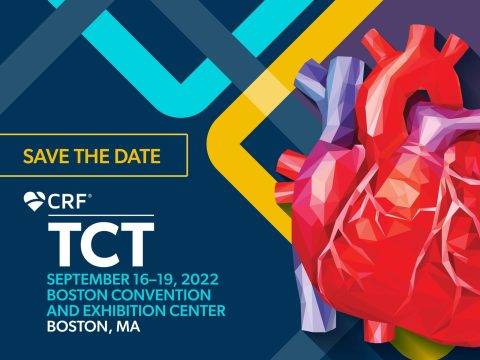The aim of this study was to assess the 3-year efficacy for the endpoints of the AMULET Occluder (Abbott) left atrial appendage closure device compared with the Watchman 2.5 device.

The evaluated endpoints were analyzed according to a “per protocol” population, assessing a composite of stroke, systemic embolism, or cardiovascular death. The secondary endpoints were all-cause mortality and cardiovascular death, major bleeding, and a composite of ischemic stroke or systemic embolism.
A total of 917 Amulet Occluder implants and 916 Watchman device implants were observed. The mean age was 75 years old; 58% of patients were male, 55% of whom had paroxysmal atrial fibrillation, with a CHA2DS2-VASC of 4.6.
After a 3-year follow-up, the use of oral anticoagulants was lower with Amulet both at 18 months (3.1% vs. 5.6%; p = 0.01) and at 3 years (3.7% vs. 7.3%; p < 0.01). When analyzing the composite endpoint of stroke, systemic embolism, and cardiovascular death, there was no significant reduction (hazard ratio [HR]: 0.87; 95% confidence interval [CI]: 0.66-1.14; p = 0.31). There was evidence of a non-significant lower trend in all-cause mortality (HR: 0.81; 95% CI: 0.64-1.02; p = 0.07).
Read also: Primary vs Secondary Retrograde Approach in CTO: Differences.
Moreover, the study yielded similar rates for major bleeding events, defined as BARC 3 or more (HR: 1.09, 95% CI: 0.86-1.39; p = 0.46), and thromboembolic events (HR: 1.09; 95% CI: 0.70-1.70; p = 0.69).

Dr. Omar Tupayachi.
Member of the Editorial Board of SOLACI.org.
Font: 3-Year Outcomes from the AmplatzerTM AmuletTM Left Atrial Appendage Occluder Randomized Controlled Trial (Amulet IDE). Presentado por Dhanunjaya Lakkireddy en TCT Congress, Boston, EE. UU. 17 septiembre de 2022.
Subscribe to our weekly newsletter
Get the latest scientific articles on interventional cardiology





